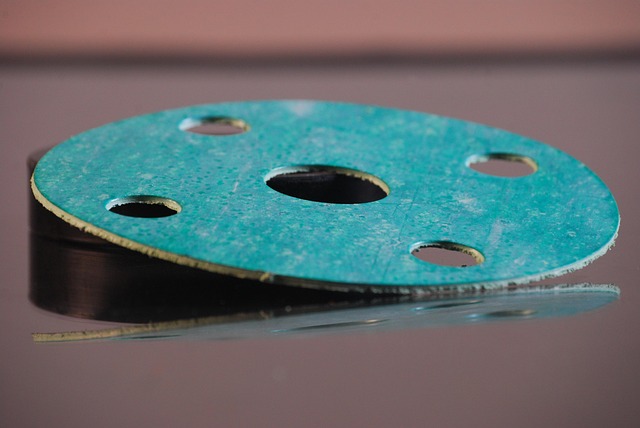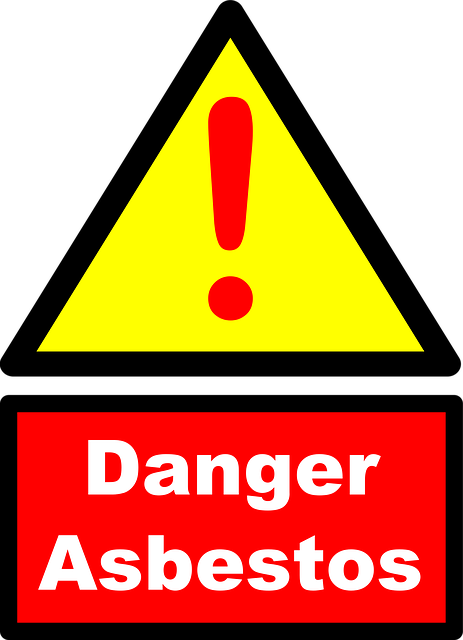Peoria's industrial past has left a legacy of asbestos exposure due to its historical use in construction and manufacturing. Old buildings, homes, power plants, and factories may contain asbestos remnants, posing health risks for residents and workers. Proactive measures are crucial: regular inspections, professional advice, safety protocols, and proper disposal for homeowners; industry employers must conduct assessments, implement controls, provide PPE, and offer worker training to mitigate long-term health dangers associated with Peoria asbestos.
In Peoria, understanding asbestos exposure is crucial for public health. This city’s history with asbestos-containing materials (ACM) dates back to its industrial heyday. “Peoria Asbestos: Identifying Historical Sources” explores the legacy of asbestos use in local industries. “Asbestos Exposure Risks in Residential Areas” highlights potential dangers in homes built before 1980. “Navigating Asbestos Safety in Industrial Settings” provides essential guidelines for workers and professionals dealing with ACM in current industrial environments. By addressing these aspects, we can mitigate the risks associated with Peoria asbestos.
- Peoria Asbestos: Identifying Historical Sources
- Asbestos Exposure Risks in Residential Areas
- Navigating Asbestos Safety in Industrial Settings
Peoria Asbestos: Identifying Historical Sources

Peoria’s history as a bustling industrial hub has left a significant footprint in its environment, particularly when it comes to asbestos exposure. The city’s past includes numerous sources of asbestos, from construction materials used in the early 20th century to manufacturing plants that relied on this versatile mineral. Old buildings, power plants, and factories in Peoria may still harbor dangerous asbestos remnants, making identification crucial for public health and safety.
Historical records indicate that Peoria’s economic growth was closely tied to industries like steel production, automotive manufacturing, and insulation, all of which heavily utilized asbestos. As a result, it is essential for residents, workers, and those considering renovation projects in the area to be aware of potential asbestos-related hazards. Understanding these historical sources empowers individuals to take proactive measures and ensure the well-being of their families and communities.
Asbestos Exposure Risks in Residential Areas

In residential areas across Peoria, asbestos exposure risks persist, particularly in older homes and buildings constructed before the 1980s, when asbestos use was largely regulated. Asbestos, a mineral once prized for its heat resistance and insulation properties, has been linked to severe health issues, including mesothelioma and lung cancer. In Peoria’s historic neighborhoods, many homes still contain asbestos in insulation, flooring, roofing, and even paint. Residents living in these areas should be vigilant about potential hazards, especially during home renovations or when disturbing old building materials.
Peoria homeowners and renters can mitigate risks by conducting regular inspections, seeking professional advice for suspected asbestos-containing materials, and adhering to safety protocols. Proper handling and disposal of asbestos-related debris are crucial to prevent the spread of dangerous fibers. By being proactive and informed about Peoria’s asbestos exposure history, residents can take steps to protect their health and ensure safer living environments.
Navigating Asbestos Safety in Industrial Settings

In industrial settings across Peoria, navigating asbestos safety is paramount. Asbestos, a mineral once prized for its fire-resistant properties, has been linked to severe health issues, including mesothelioma and asbestosis. Workers in industries like construction, manufacturing, and automotive repair are at particular risk due to the prevalence of asbestos-containing materials (ACMs) in older buildings and machinery. Understanding and adhering to strict safety protocols is essential to protect workers from these dangers.
Employers in Peoria must conduct thorough assessments to identify potential ACM exposure hazards, implement engineering controls like encapsulation and ventilation systems, and provide personal protective equipment (PPE) to those at risk. Regular training and awareness programs are crucial in educating workers about asbestos’ dangers and the proper handling procedures. By prioritizing safety measures, Peoria industries can ensure a healthier work environment while mitigating the long-term health risks associated with asbestos exposure.
Understanding Peoria asbestos exposure is crucial for ensuring public safety. By identifying historical sources, evaluating risks in residential and industrial settings, and prioritizing safety measures, the community can effectively navigate this hazardous issue. Awareness and proactive steps are key to mitigating the impacts of Peoria asbestos on the health and well-being of its residents.
